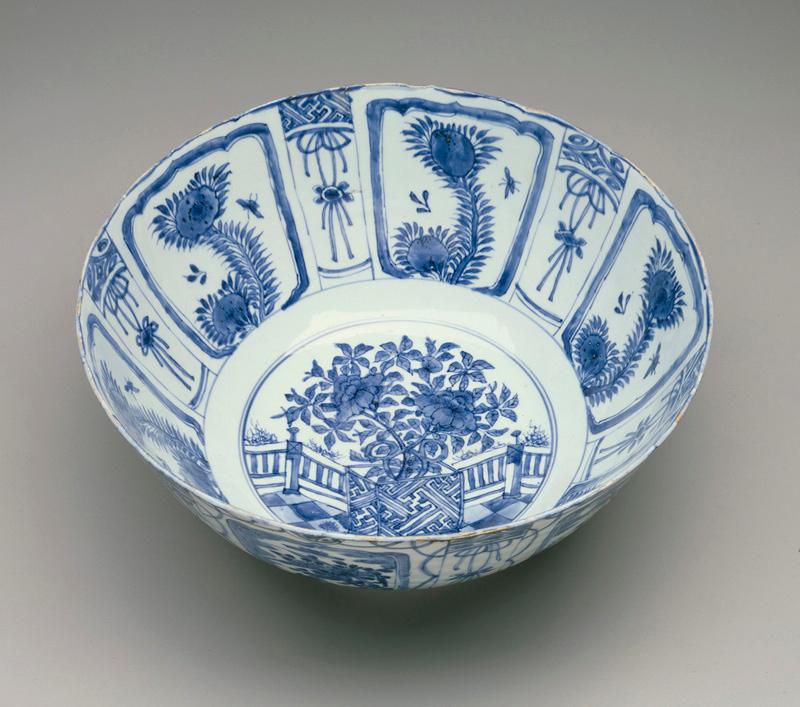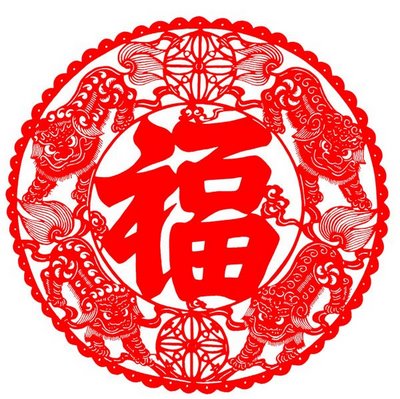Today is the start of Chinese New Year, or Lunar New Year. Traditionally, this day marks the beginning of the plowing and sowing season, but this festive holiday also celebrates new life. All over the world, people are celebrating the Incoming Year of the Horse. So we rounded up some of our own horse artworks to kick off the Lunar New Year. Come visit our fabulous fillies tomorrow and then join in the celebration at the Crow Collection’s annual Chinese New Year Festival!
Artworks shown:
- Antoine–Louis Barye, Turkish Horse, c. 1838, Dallas Museum of Art, Foundation for the Arts Collection, Mrs. John B. O’Hara Fund
- Polo horse tomb figure, China, 618-907 A.D., Dallas Museum of Art, gift of Mr. and Mrs. Arthur Rothwell
- Harrison Begay, Indian Woman on Horse, 1952, Dallas Museum of Art, Dallas Art Association Purchase
- Horse-and-rider figure (elesin Shango), Yoruba peoples, Africa, Nigeria, Owo, 17th to 18th century, Dallas Museum of Art, The Eugene and Margaret McDermott Art Fund, Inc.
- Bank Langmore, Horse Silhouette, Bell Ranch, New Mexico, 1974, Dallas Museum of Art, gift of Paul Brauchle
- Horse and rider, Boeotia, Greek, 6th century B.C., Dallas Museum of Art, Foundation for the Arts Collection, gift of Mr. and Mrs. James H. Clark
- Cynthia Brants, Horse and Rider, n.d., Dallas Museum of Art, Creative Arts Guild fund, Seventh Southwestern Exhibition of Prints and Drawings, 1957
- Deborah Butterfield, Horse #6-82, 1982, Dallas Museum of Art, Foundation for the Arts Collection, Edward S. Marcus Fund
- Anthony Gross, Horse Bath, 1954, Dallas Museum of Art, gift of Mr. and Mrs. Alfred L. Bromberg
Andrea Severin Goins
Interpretation Specialist











